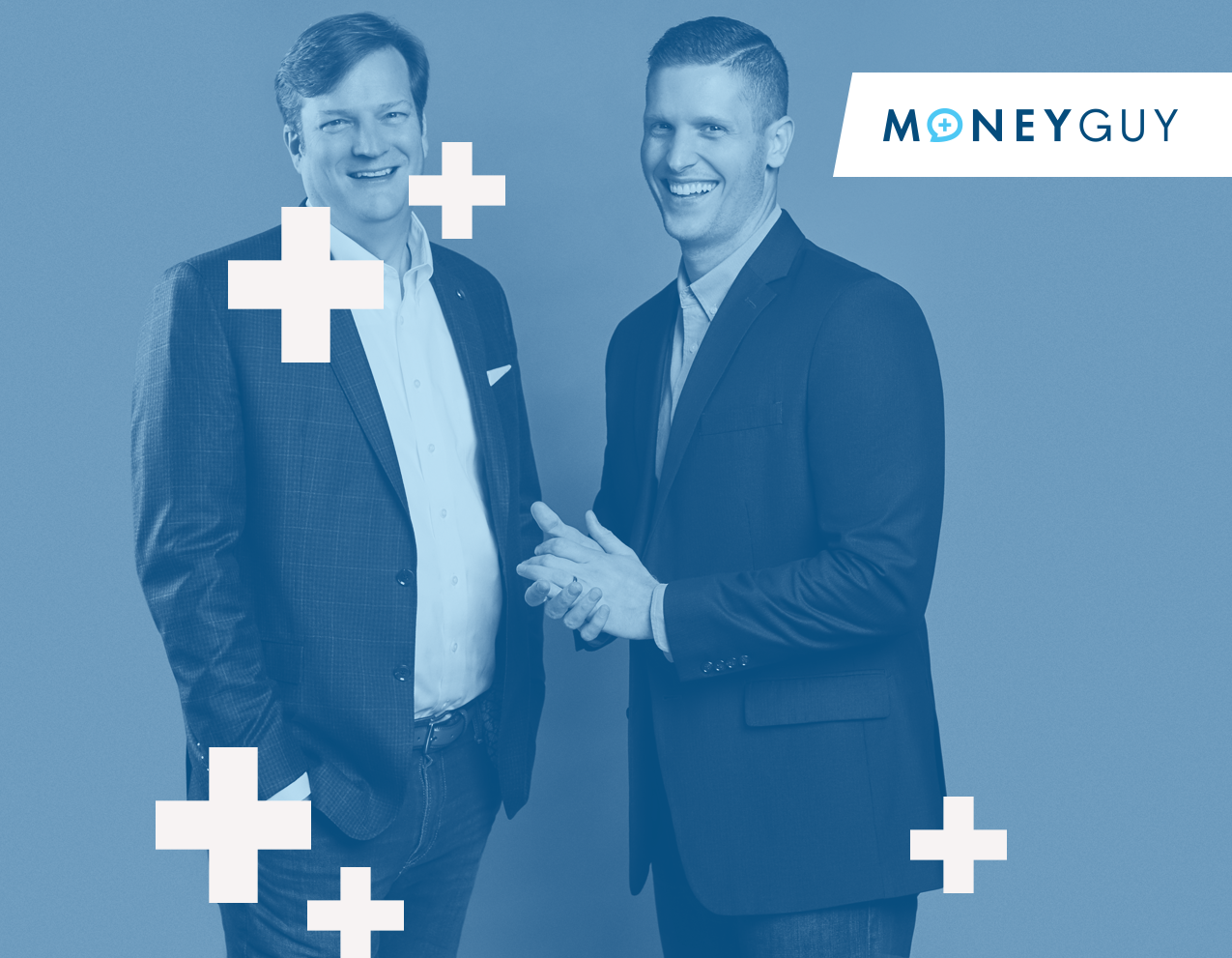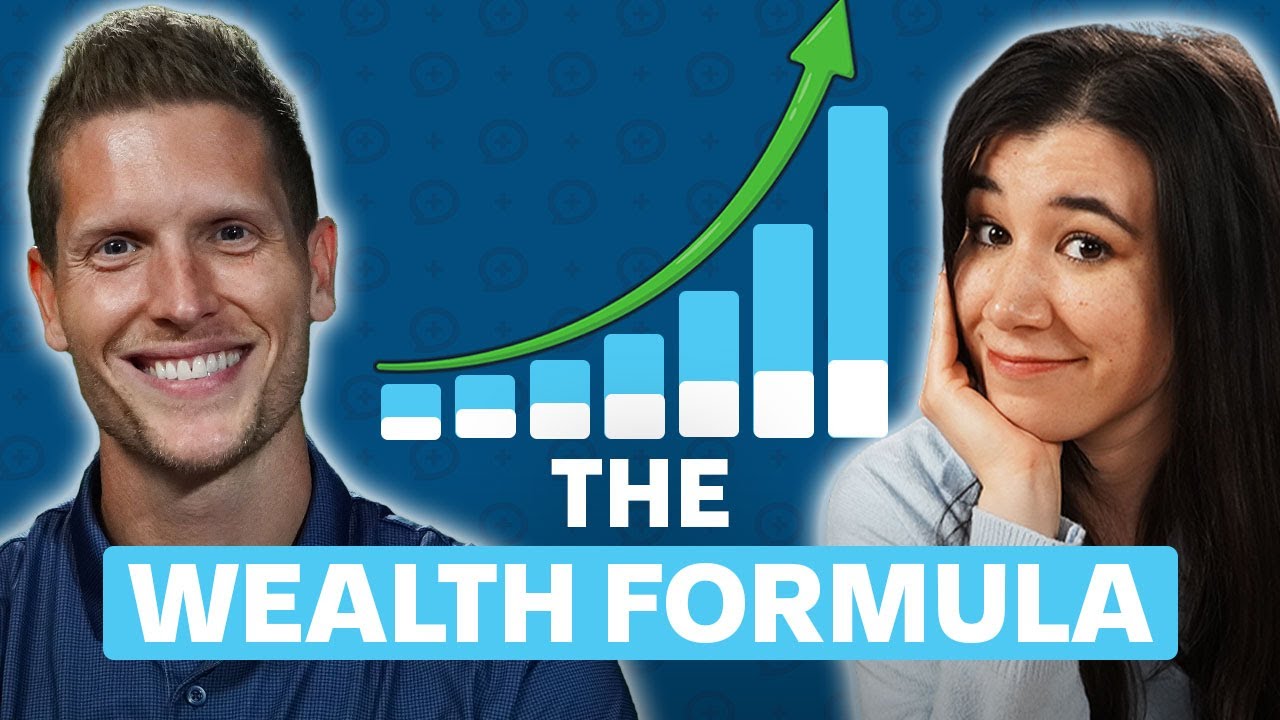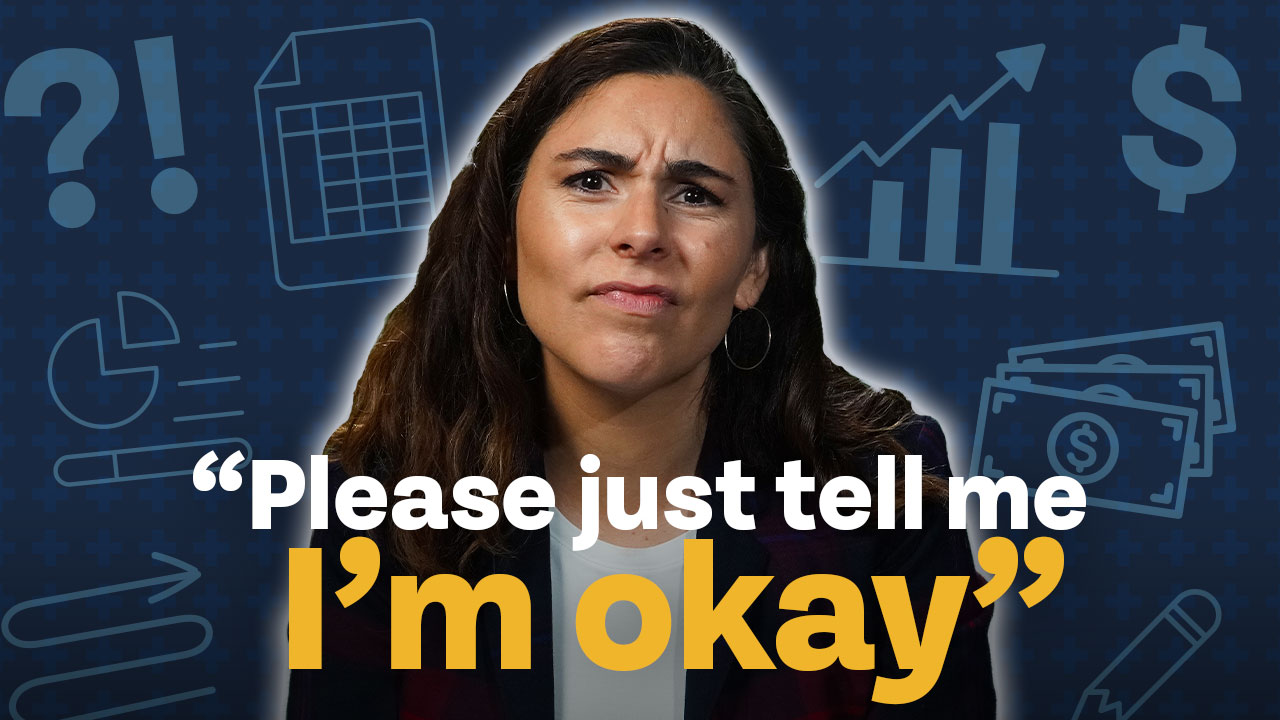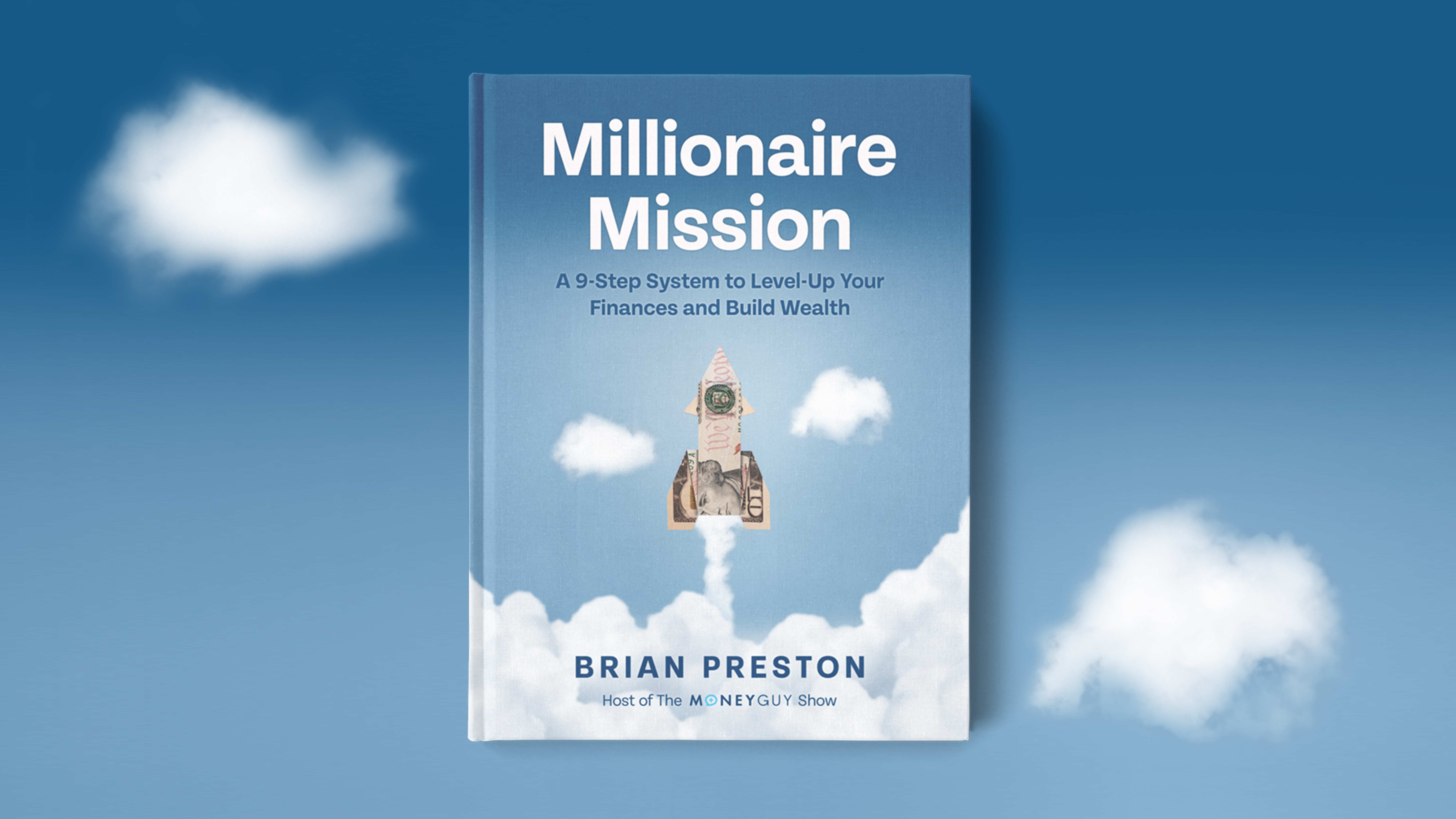Let's move on to the next question from Kevo 45. He says, "If I have six months saved in a money market as an emergency fund, would it be prudent to invest a portion of it in a growth and income fund? These funds are not as volatile and have dividends. They say 'growth and income.'
Well Kevo, here's the problem. Nothing sucks until it sucks, right? But that's the way that life happens. So, oh, growth and income funds. They are less aggressive, and they are not going to have all that volatility. Go back to 2008, right? 2008, we all lived it, we were experiencing this. Everything got its teeth kicked in. The safe stuff got its teeth kicked in, the risky stuff got its teeth kicked in. The purpose of your emergency fund is, therefore, an emergency. That's right, you guys nailed it. It's supposed to be there when emergencies come. So, if based on your analysis, based on what you've put together, you and your household need six months of living expenses in an emergency fund, then that emergency fund needs to stay true liquid cash. If you start trying to get cute with it, if you start trying to oh, go out there and chase yield in other places, I'm worried that when that uh-oh happens, when that unknown unknown unforeseen market circumstance comes, and you need to go access that capital, it's at the same time where all of a sudden that growth and income fund kind of, you know, you know what it in the bed, right? And you need those dollars, and they are not there. I don't think, in my opinion, it does not make sense to get cute with your emergency fund.
Two things popped in my brain. My brain works in such weird ways, especially after four hours of sleep. So, I get these creative ideas, but it's, it's kind of maybe out of force, not sleep. So, first of all, 1998 wants their mutual fund back because, I mean, when is the last time you heard 'growth and income?' I mean, it reminds me, I mean, my sister-in-law, she won't mind me picking on her because she listens to the show sometimes and she knows it's true. I looked at her 401K one time, this is back when we first helped her on it, and I was like, "How did what was the decision making on all these different funds that you're in your 401k because I chose everything I had the word growth in it." It's not just my sister-in-law because there is a famous financial person that we have a ton of respect for that, back in the 90s, his plan was four quadrants with it was like growth funds, growth and income funds, International growth funds, and then I think it was like bonds. Yeah, that was the pie chart. It was like these four funds. So, everybody fell victim to this. So, when I see growth and income, by oh, if you don't know what growth in income is, historically, that's a 60-40 split, 60 in equities, 40 percent in conservative stuff. It means that you get something, but nobody's probably great at anything in the investment, so just be careful with that. You don't see a lot of these because now we look at large cap index funds, you look at mid cap small cap international, and so forth.
Here's the question I have for Kevo 45 that, before I went on my tangent, you built up six months of emergency reserves. That probably came from you practicing that oh-so-important component of discipline, meaning you lived on less than you made and poured the savings into creating a margin that you could then use, the component of time, to build wealth. Why can't you now, that you have your six months, look at the way you're living your life and say, "Hey, what was being saved to emergency reserves, whether it's $600 or $1,000 a month? That money ought to now be redirected into my investment accounts." Look at the financial order of operations, hold it up, and probably get a good sound in there. You know, pull up the financial order of operations, figure out what needs the bucket for the next dollar to go into, so you can maximize that journey. Then start making the money work, do a dollar cost averaging, maybe it's a Roth IRA, maybe it's your employer plan, maybe it's your first after-tax brokerage account that you're going to start buying investment index funds and so forth into. Pay attention to that. There's probably some margin in your life, Kevo, that allows you to maximize that emergency reserves, and you're now ready to move to the next step in the wealth-building process.
Want to know what to do with your next dollar, you need this free download:
the Financial Order of Operations. It’s our nine tried-and-true steps that will help you secure your financial future.













